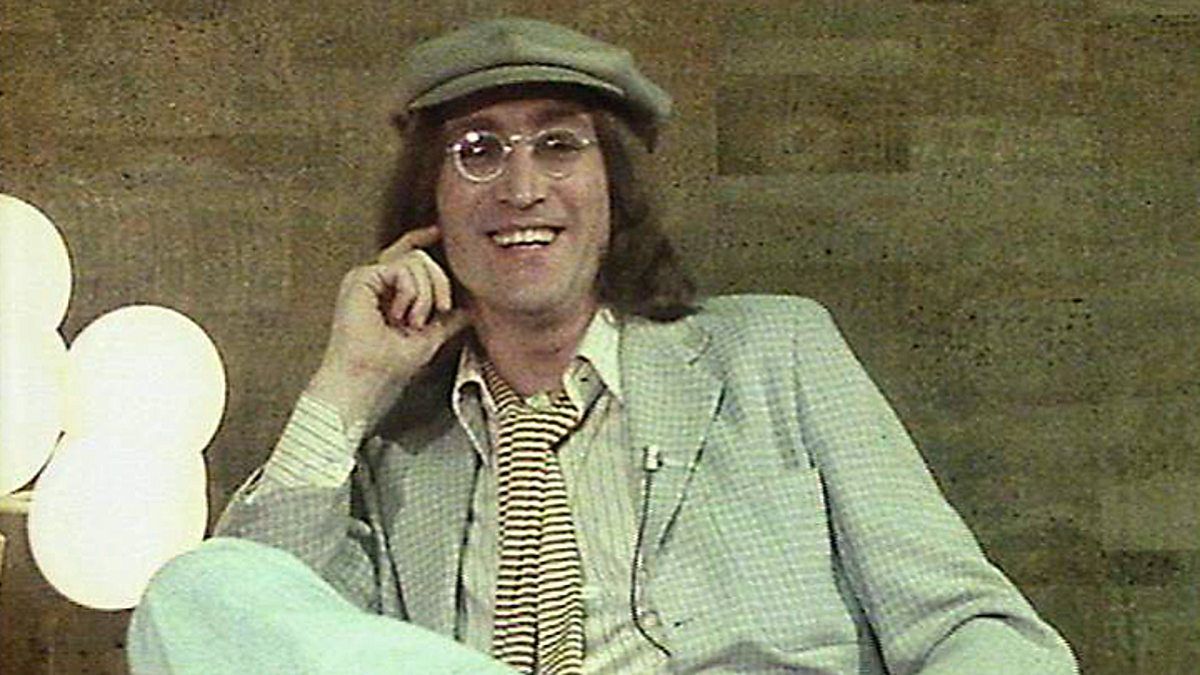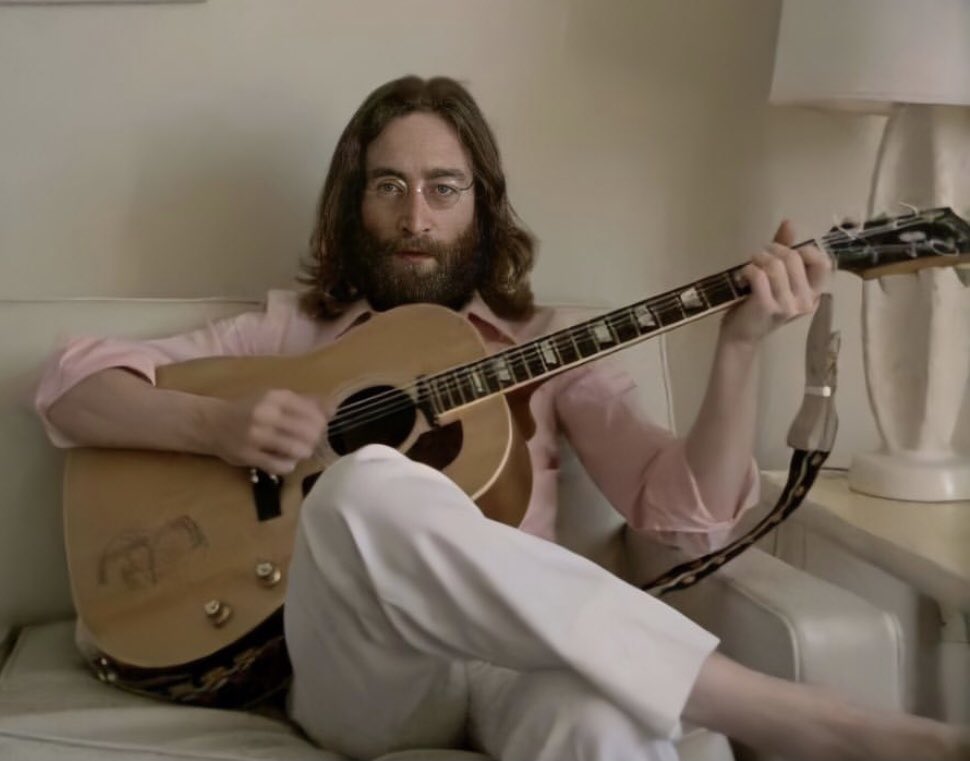In the tumultuous era of the 1970s, marked by societal upheaval and personal transformation, the legendary John Lennon sought refuge in the bucolic charm of Tittenhurst Park Cottage. The purchase of this quaint English cottage in 1971 not only symbolized a retreat from the chaos of public life but also marked a pivotal moment in Lennon's personal journey. In this exploration, we delve into the details surrounding John Lennon's acquisition of Tittenhurst Park Cottage, offering a glimpse into the tranquil haven that became a backdrop for a chapter of his life imbued with introspection and creativity.

Amid the breakup of The Beatles and the complexities of his personal life, John Lennon found himself yearning for a sanctuary, a place where he could escape the constant scrutiny of the public eye. In Tittenhurst Park Cottage, he discovered not only a physical retreat but a haven for the introspection and creative rejuvenation that would define the next phase of his life.
Nestled in the heart of the English countryside, Tittenhurst Park held an allure that extended beyond its architectural charm. The sprawling estate, complete with lush gardens and tranquil lakes, provided the perfect backdrop for someone seeking respite from the frenetic pace of fame. Lennon, enchanted by the idyllic setting, saw in Tittenhurst Park Cottage an opportunity to reconnect with nature and find solace in its peaceful surroundings.
In 1969, John Lennon and Yoko Ono purchased Tittenhurst Park, a grand estate in Ascot, Berkshire. The estate included the cottage, a picturesque dwelling that would become a central element of Lennon's retreat. The decision to invest in Tittenhurst Park was not merely a financial one but a strategic move to create a private sanctuary where Lennon could navigate the complexities of his personal and artistic life away from the media's prying eyes.
Upon acquiring Tittenhurst Park, John Lennon embarked on a process of renovating and personalizing the cottage to suit his artistic and domestic needs. The interiors were transformed into a canvas reflecting Lennon's eclectic tastes and creative spirit. The cottage became not only a physical retreat but an extension of Lennon's artistic expression, offering a space where he could both create and find peace.

The serene ambiance of Tittenhurst Park Cottage provided an ideal environment for John Lennon's creative endeavors. It was here that he composed and recorded significant portions of his critically acclaimed album "Imagine." The tranquil surroundings and seclusion offered the perfect conditions for Lennon to delve into his artistry, free from the distractions and pressures of the outside world.
The purchase of Tittenhurst Park Cottage represents more than just a moment in Lennon's life; it stands as a testament to his quest for authenticity and creative freedom. The cottage, with its rich history and the echoes of Lennon's music, serves as a time capsule preserving the spirit of an artist seeking refuge and inspiration amidst life's complexities.

As with many chapters in life, Lennon's time at Tittenhurst Park Cottage eventually came to an end. In 1973, facing financial challenges and the changing dynamics of his personal life, Lennon sold Tittenhurst Park. The cottage, once a haven of creativity and solace, transitioned into new hands, but its legacy as a haven for artistic exploration and personal reflection remained etched in the annals of rock and roll history.
Though Tittenhurst Park Cottage is no longer in Lennon's possession, its significance endures in cultural memory. The tranquil retreat remains a symbol of an artist's quest for authenticity and a testament to the transformative power of a serene environment in fostering creativity. The legacy of Tittenhurst Park Cottage lives on in the melodies of "Imagine" and the timeless echoes of an artist who sought refuge in its walls.
John Lennon's purchase of Tittenhurst Park Cottage in 1971 encapsulates a poignant chapter in the life of a legendary musician. The cottage, with its serene setting and creative ambiance, provided Lennon with a sanctuary to navigate the complexities of fame, personal transformation, and artistic expression. As we reflect on this retreat in the English countryside, we find not just a physical dwelling but a symbol of the eternal connection between an artist, their environment, and the timeless melodies that echo through the corridors of cultural history.



